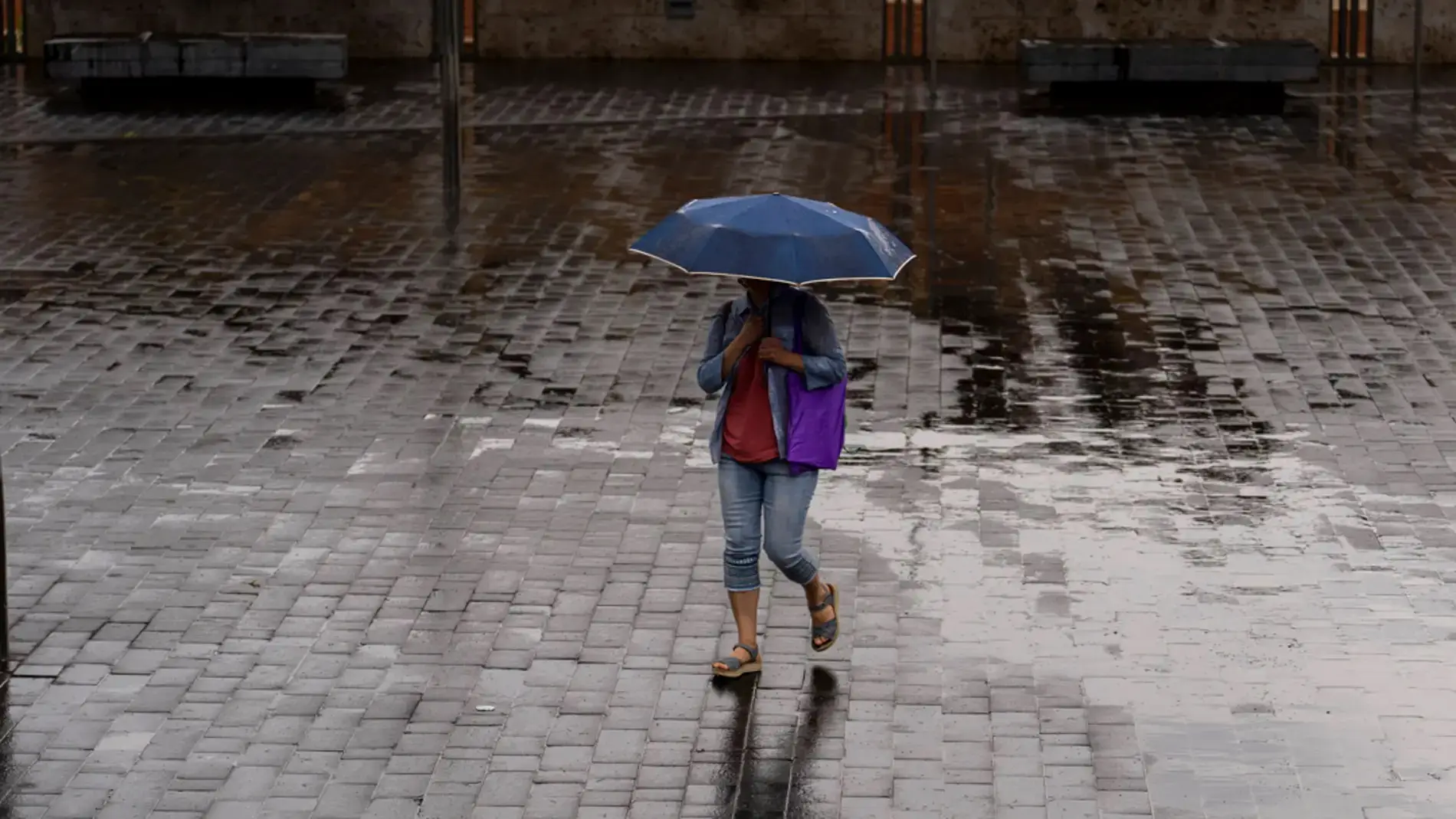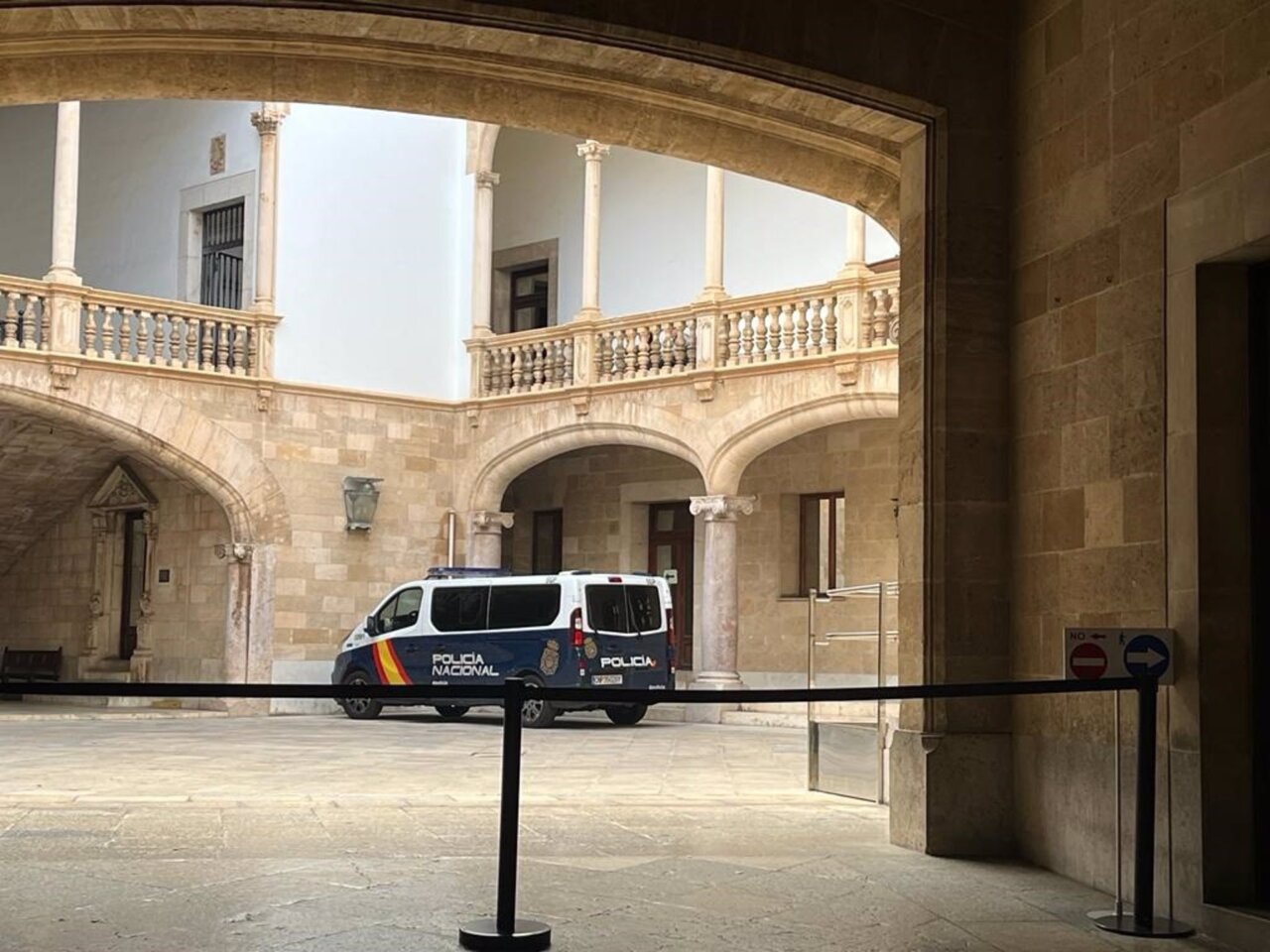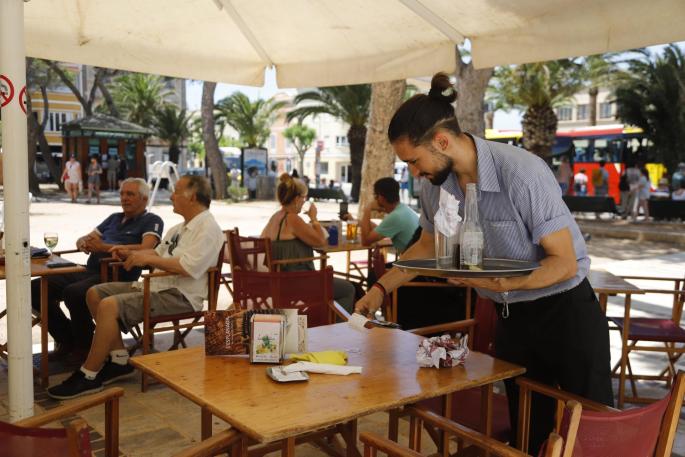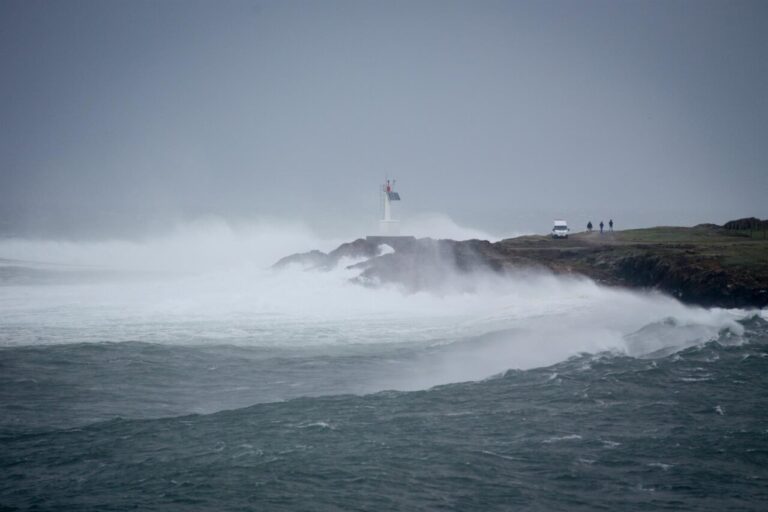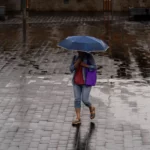Nearly 3,000 people have participated in the consultation process promoted by the Consell de Ibiza to design the new tourism model for the island. This initiative is part of the work to develop a comprehensive and sustainable strategy for the development and repositioning of tourism, which will set the course for the island’s main economic engine in the coming years.
The process, coordinated by the Tourism Promotion Department with the technical support of THR, Eurecat and Ogilvy, included a phase open to both the public and the tourism sector. Through surveys, workshops and work sessions – both in person and online – we have gathered input from companies, workers, associations and visitors.
According to the Consell, the massive response demonstrates the collective will to build a balanced tourism model that reflects the diversity of perspectives of the territory and the aspirations of Ibizan society.
A model based on balance and sustainability
The objective of this initiative is to define a shared model that combines economic prosperity with environmental and heritage preservation, as well as the social well-being of residents. In addition, the aim is to maintain Eivissa’s competitiveness as a first class international tourist destination, in a global context that is increasingly oriented towards sustainability and quality.
The results of this participatory process will now be integrated into the technical analysis and synthesis of results that will make it possible to establish the strategic lines of the island’s future tourism policy. This work will be key to the repositioning of the Ibiza brand and to the creation of a more advanced and participatory governance model, aligned with the sustainability objectives set by the European Union.
A planning horizon to 2027
The project will run until 2027 and represents a decisive step in the planning of the island’s tourism future. With this roadmap, the Consell de Eivissa aims to ensure that decisions on tourism development are taken with the active involvement of society, strengthening the connection between the local population and the main economic sector of the territory.


